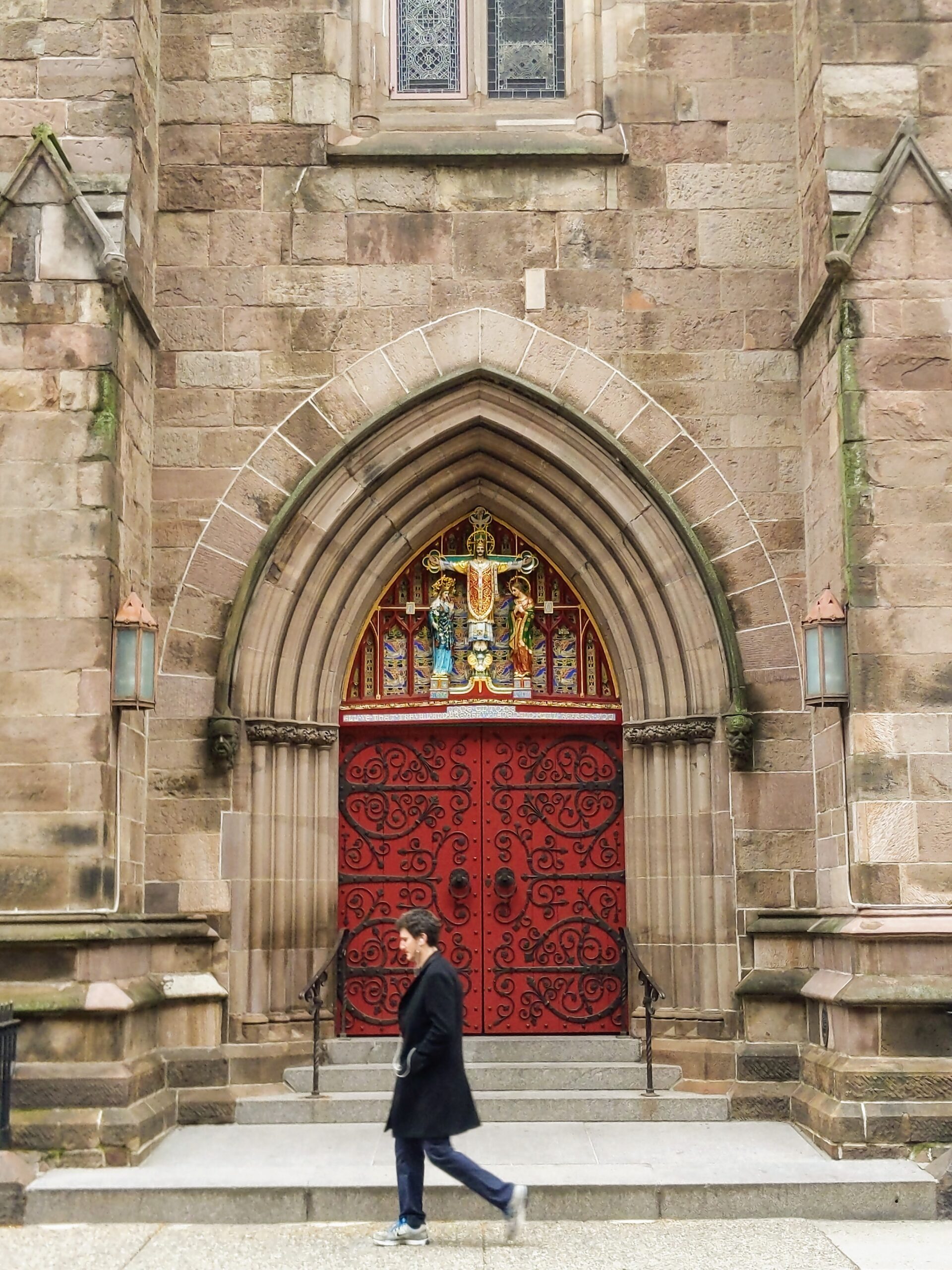Over the years, Partners has generated significant research into sacred places—focusing on both their historical relevance and their prevalence and impact in their contexts. The “Halo Effect” study documented the civic value contributed and found it to be considerable. This well-known research, headed by sociologist Ram Cnaan of the University of Pennsylvania, found that the average urban sacred place has an economic value totaling around $1.7 million annually when calculating the value of programs offered, space shared, recreational facilities, and direct spending. They further found that the social value of the rural UMC congregations that participated in the North Carolina study averages around $735,000 per year. Much of this has been reported through Partners’ magazine and website, but it also captured the attention of scholars of religion as well as religious leaders.
However, the American faithscape is changing. As congregations decline in size and numbers, taking care of beloved old buildings can be financially crippling. Many sacred places are closing, being repurposed for non-religious uses, or even being demolished, although there is no hard data on the numbers. Nor is there data on what happens when they are gone: when the church that was an anchor in a neighborhood is shuttered, or the temple that was so central to the social fabric of a community is transformed into a condo building. What happens to the service programs that were housed there, or to the people they served? As the growing staff at Partners engages with myriad faith communities every week, they hear many stories about the impact of these transitions. But there is very little research (either quantitative or qualitative) to back up the anecdotal evidence of the cumulative effects of the loss of sacred places.
As Partners turned its attention to this very question, it sent out a “call for papers” last winter to religious researchers inviting them to look at the flip side of the Halo Effect—that is, what is lost when a sacred space and its stewards are gone. Funds were limited and the turnaround time was short. In just six weeks, however, we had a much larger response than anticipated applying for modest grants for summer research. It seems that we had hit a nerve among researchers of religion! After careful discernment, we chose four projects for research grants. They represent a diversity of methodologies and contexts, and we anticipate that their findings (which will be completed next spring), will inform our understanding and our work.
Sociologist Tricia Bruce, who has published 3 books and recently received the award for Outstanding Applied Research by the Religious Research Association, will be furthering her research in the restructuring of Catholic churches in St. Louis. She is conducting ethnographic research in parishes impacted by recent archdiocesan closures, interviewing stakeholders in church and community, to explore the “broader dynamics underscoring the material and cultural change wrought by the closure of sacred spaces across the US.”
Brian Miller (Professor of Sociology, Wheaton College, and co-author of Building Faith: A Sociology of Religious Structures) is using a quantitative approach focusing on DuPage County in Illinois, which is home to hundreds of religious organizations. He is documenting the number and types of transitioned congregations in the suburban context, looking for patterns of building usage and community impact.
Rev. Charles Williams (University of Michigan) and Dr. Stephanie Boddie (Baylor University) are studying two African American congregations in Detroit which have had a rich history of involvement in the Civil Rights Movement, service provision in their community, and have been an important center for Black Gospel music. However, community divestment and the recent pandemic have taken their toll. Williams and Boddie will document the diminishing community impact as these congregations move toward closing.
A research team based at the University of Notre Dame Center for the Study of Religion and Society (headed by faculty members Kraig Beyerlein, Ricardo Martinez-Schuldt, and Madeline Johnson) is following up on a census of congregations conducted twenty years ago in Chicago. They will describe stability and change of the religious presence there and look at how it affects their communities, such as by comparing crime rates over time and linking them to the continuity/discontinuity of faith communities. This project will combine both quantitative analysis as well as on-the-ground field work.
Each of these projects will be reporting their findings in the spring of 2024. We look forward to what they might contribute to expanding our understanding in this time of transition—for both sacred places and the communities in which they have served.
By Katie Day, United Lutheran Seminary

